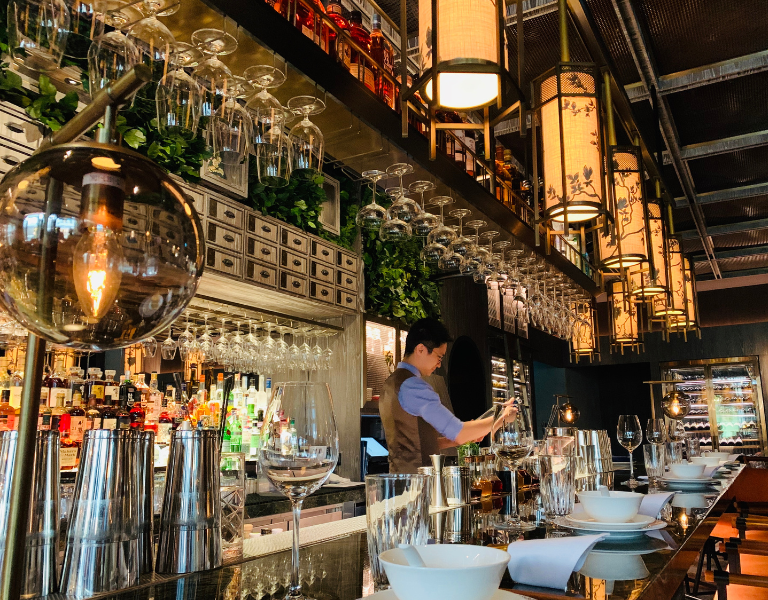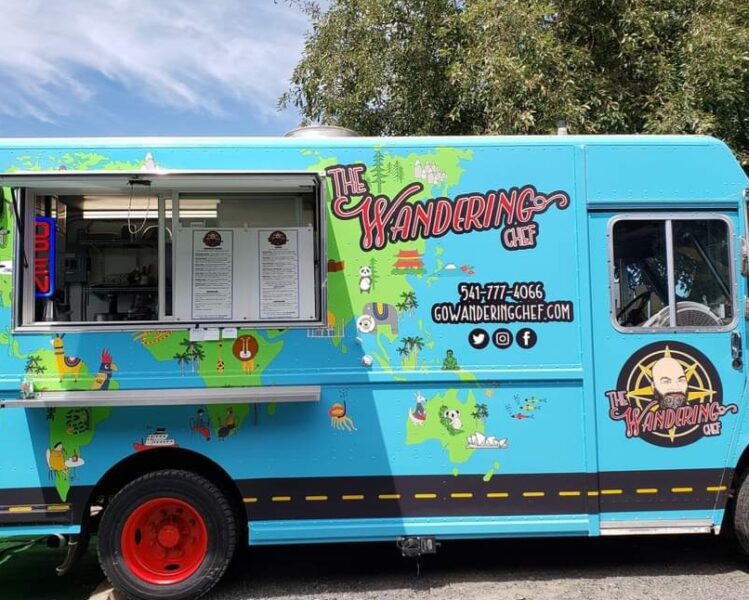
Though the restaurant industry continues to grow, the financial hardships associated with restaurant management are still making a huge impact. Customers are becoming more selective about where they choose to dine. And, with so much competition, it’s essential for restaurants to present the best possible experience for each customer.
However, that’s easier said than done. Restaurant staff members are overwhelmed and overworked. When they’re struggling to complete day-to-day tasks, offering a unique and hospitable experience becomes unfeasible.
This is where restaurant technology has the opportunity to make sweeping changes to the entire food service industry.
Benefits of Restaurant Technology
When applied and managed properly, restaurant technology aims to streamline various food service processes. Tasks that previously required significant human labor to complete can now be done using technology. This benefits restaurant staff and business operations in the following ways.
Digital kitchen displays help the kitchen staff reduce the time spent between food preparation and delivery. Having clearly visible order references reduces the number of errors that occur when completing a menu item.
Additionally, technology enables greater inventory management. Having an efficient system in place prevents inventory oversights, shortages, and missed reorder windows. For example, inventory management programs can automatically notify kitchen managers when ingredients are low. Automated reordering helps ensure that each ingredient remains well stocked, even when the staff is too busy to manually process orders.
To improve work processes even further despite hectic daily schedules, restaurant management programs often come with digital logbooks as well. Utilizing these logbooks enables restaurant employees to keep track of work-related notes, improve communication efforts, estimate preparation timelines, and much more.
These are only a couple of brief examples of the benefits possible through the implementation of crucial restaurant management technologies.
Types of Restaurant Technology
Several types of restaurant technologies exist to simplify the flow of food service procedures. Depending on the restaurant’s unique composition and management’s automation needs, some forms of restaurant technology that staff members and customers might utilize include the following.
- Multi-channel Ordering Systems: Programs that customers and staff can use to complete orders from an array of device types. This includes contactless payment options, which are predicted to grow 300% by 2024.
- Employee Management: Employee management systems might include schedules, payroll, availability, contact information, and shift history
- Inventory & Back Office Management: Inventory management ensures adequate ingredient supplies, but these programs may also cover payments, taxes, inspection reminders, new compliance requirements, etc.
- Business Reports & Analytics: Financial reports and data analytics that pinpoint patterns, trends, and opportunities
- Point of Sales: Technology simplifies the transactional processes that happen every day in restaurants by accepting various payment methods
- Food Delivery: Delivery has become increasingly popular, with the food delivery market expected to reach $223.7 billion in value by 2027. Restaurant technology can help keep track of delivery orders to ensure correct and timely delivery
- Mobile Booking: Customers can use mobile booking applications to schedule a reservation without having to make a phone call
- Digital Menus: Digital menus not only add a level of convenience for customers, but they also save time for servers who’d otherwise have to catalog the menu for new customers
- Online Ordering: Online ordering enables fast, accurate order-taking
Automating Business Processes
Restaurant automation technology seeks to enhance various components of the food service industry. In addition to making the customer experience both memorable and pleasant, business automation also allows employees to engage in more productive work. By controlling and managing the more repetitive and tedious tasks, automated systems can foster a more open and cohesive kitchen environment, constant menu item availability, effective communication, and overall improvement of customer relationships.
Point of Sale Systems
POS systems encompass an array of restaurant technology services. Not only will this system enable a myriad of convenient transaction types, but POS technology also simplifies upselling, enhances customer service capabilities by populating customer profile data, and presents customers with opportunities to order and receive food service according to their preferences.
For example, POS systems can process a variety of payment types, enable delivery or pick-up options, offer loyalty benefits, and announce promotions.
Inventory Management
Depending on the settings that restaurant managers implement, inventory management systems can accomplish numerous kitchen-related tasks. These systems automatically track the use of each item in the restaurant’s inventory, predict reorder times, and complete reorder requests when inventory items reach a predetermined level.
Inventory management systems can initiate and complete a number of kitchen management requirements without the need for human involvement.
Customer Relationship Management
One of the many restaurant technology jobs that make automated systems desirable is the potential to improve customer satisfaction. Restaurant applications enable the collection of useful customer data and ordering habits so that staff members can suggest new menu items or upsell ingredients based on what the customer already likes.
Additionally, presenting customers with the opportunity to complete online or digital orders reduces potential errors, long wait times, and unpleasant customer/staff interactions.
Enhancing the Customer Experience
Customers and their satisfaction are the most essential elements of a restaurant’s success. As such, restaurant technology companies tend to focus on customer-centric software. Two key components of enhancing customer experiences through automation include digital menu boards and online ordering options.
Digital Menu Boards
Counter service is becoming more popular among fast casual dining establishments. Not only does this cut down on overhead with less server staff, but it also requires a different menu-sharing method. Digital menu boards make ordering food from restaurants incredibly convenient for customers. For one, they don’t have to be seated to view a restaurant’s menu options. In counter service establishments, customers can explore available menu options while waiting in line. Thus, saving time and resources of tableside servers.
Online Ordering
Online ordering or digital on-site ordering options are another way to add convenience to ordering food. On top of being able to place orders from practically anywhere online, this option also presents accessibility options for people with disabilities. Digital ordering can enable nonverbal customers to purchase items without assistance, and online ordering can allow people with anxiety or mobility issues to order food without having to physically enter the restaurant.
By utilizing restaurant technology, owners and managers can streamline various aspects of food service, improve business operations, and encourage organic customer loyalty. We’ll be closely watching this trend in 2024.
Central Oregon restaurants: add your business to our restaurant directory for free.







